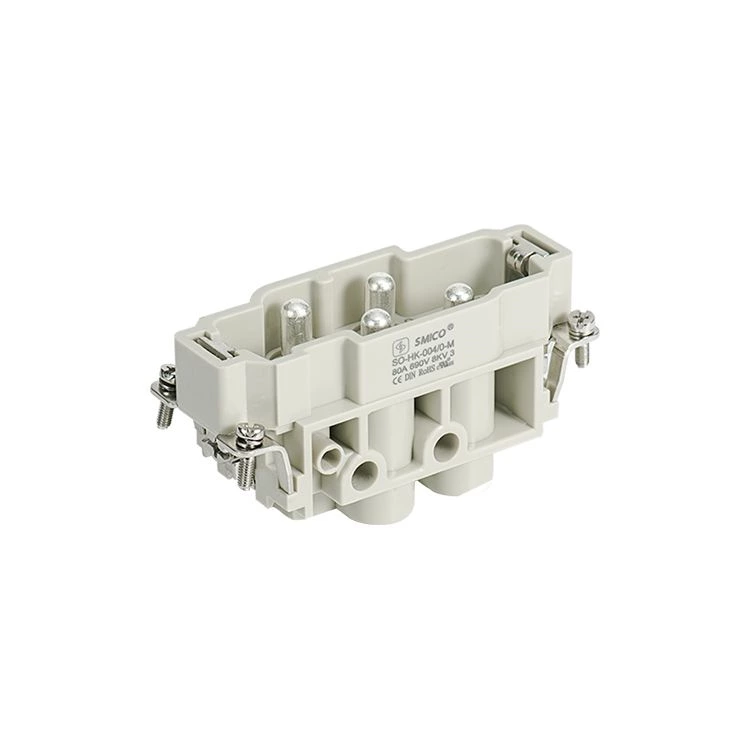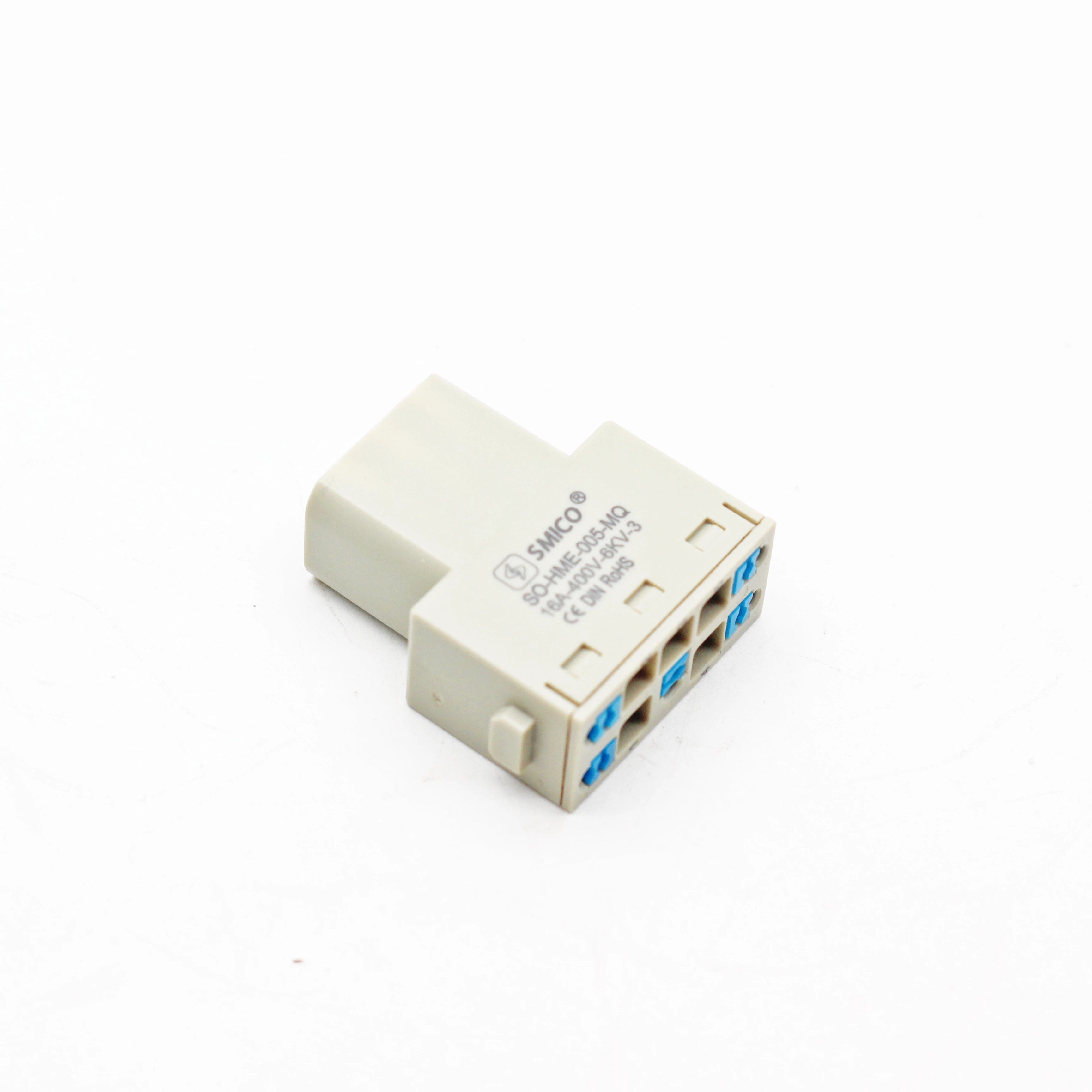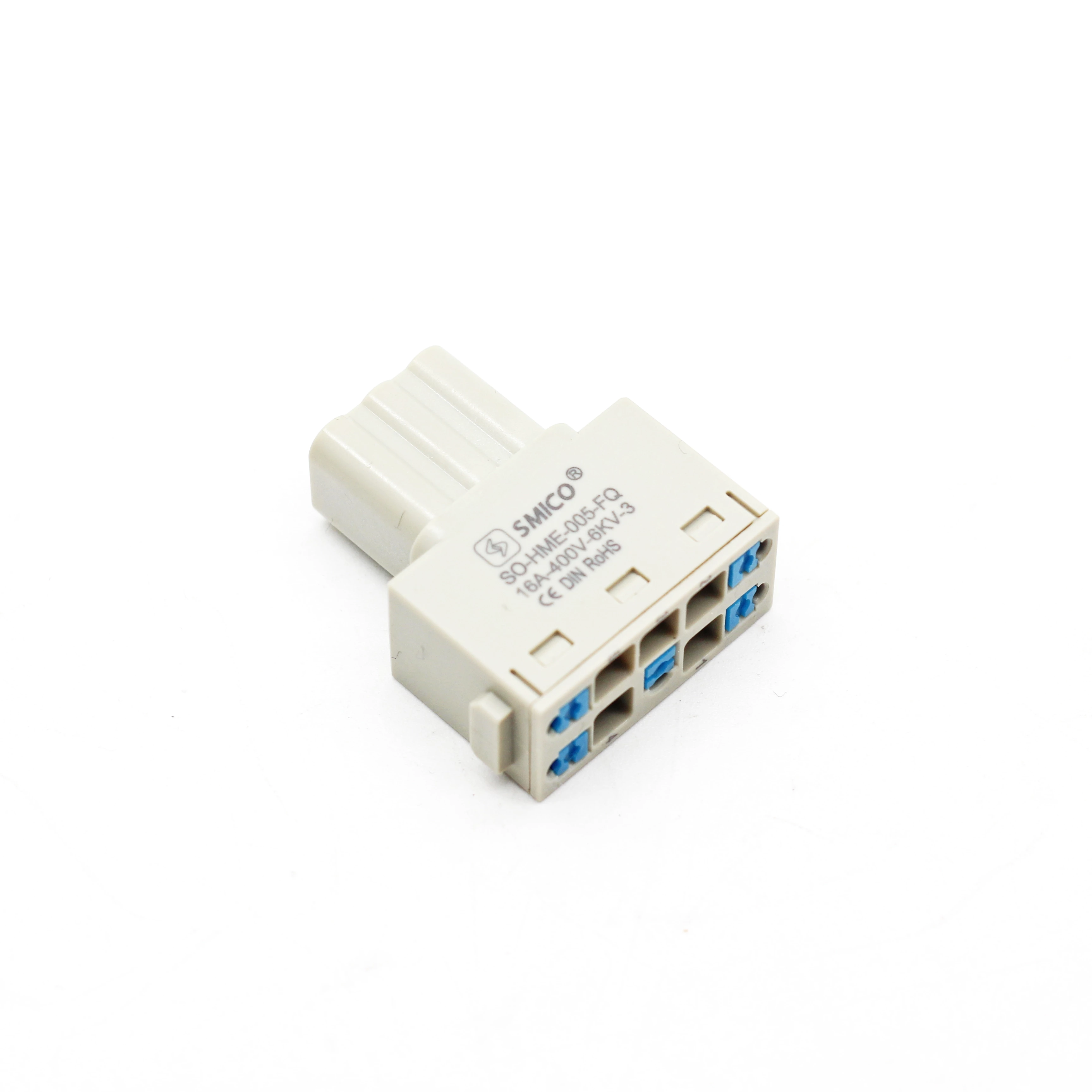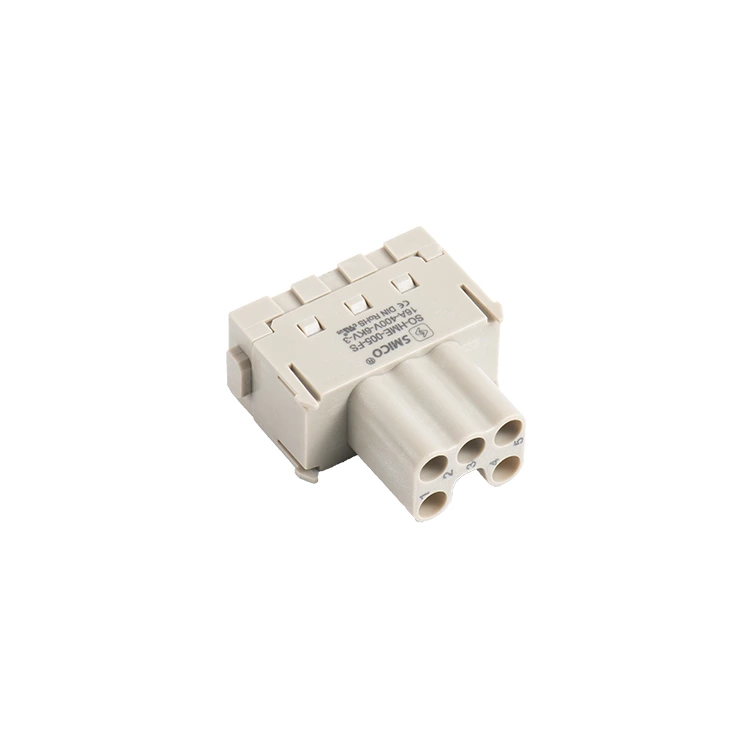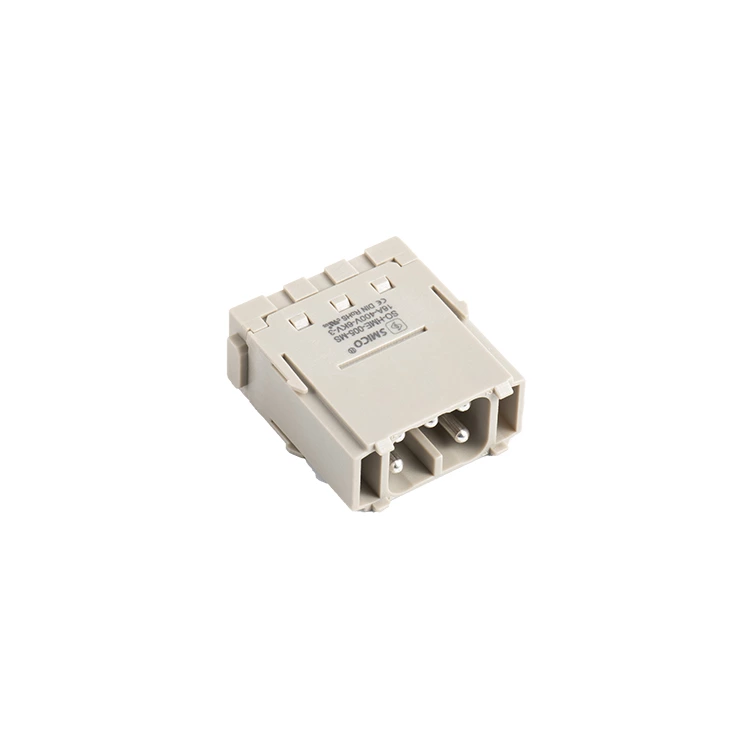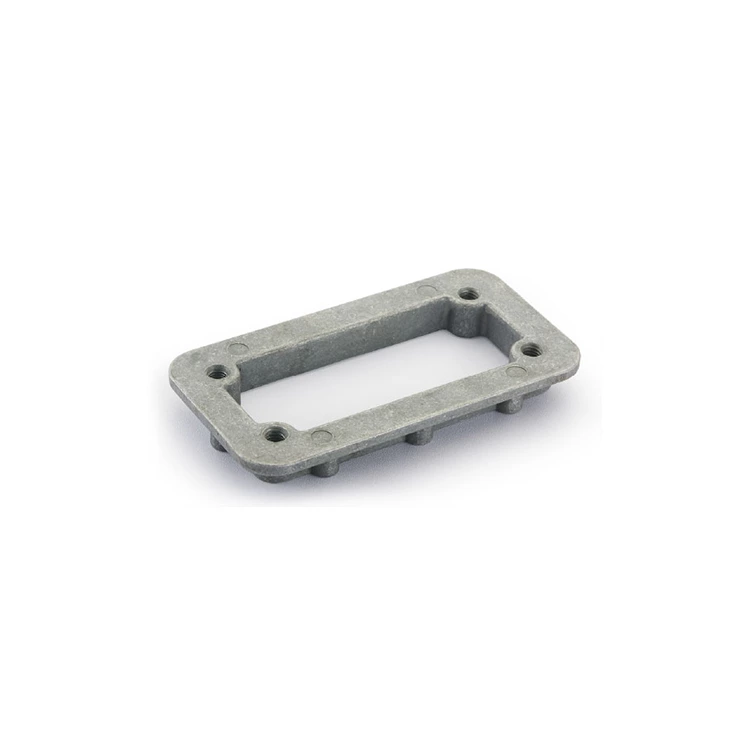How Can Heavy-duty Connectors Mitigate The Time Risks Associated With Interlock Disconnection?
Secondary unlocking addresses the risk of interlock disconnection time.
The secondary unlocking of the fourth-generation heavy duty crimp connectors aims to resolve this risk. Looking at the heavy duty waterproof electrical connectors models with secondary unlocking functionality on the market, this function effectively controls the disconnection time of heavy duty 2 pin connector to be above 1 second, thus ensuring that the operation of heavy duty connector 16 pin will not be energized.
Currently, there are two methods to achieve secondary unlocking of the fourth-generation heavy duty connector 5 pin: one is through the operating direction, and the other is through mechanical insertion/removal. The first method is achieved by using a power wrench in the opposite direction to the normal pulling direction (only the direction is different). When pulling out heavy duty connector 6 pin, as long as the direction in which the power wrench leaves the port is not the same, the response time of pulling out will increase.
The second method is mechanical secondary unlocking. When heavy duty electrical contacts is pulled out for the first time, it is mechanically locked in a position where it can only be pulled out until the interlock terminal is disconnected. This means that the power terminal will still be in a valid contact state during the first insertion/removal. At this time, the circuit is disconnected due to the separation of the high-voltage interlock terminal. Only after the second operation can the terminal be completely separated, thus achieving the second unlocking requirement.



